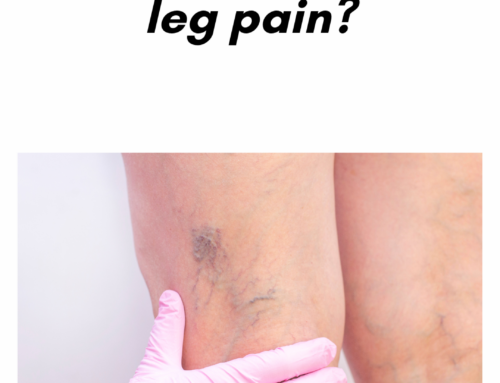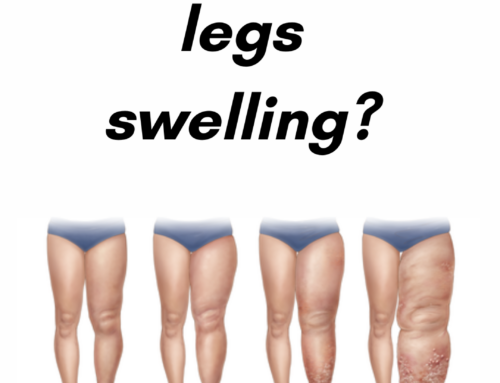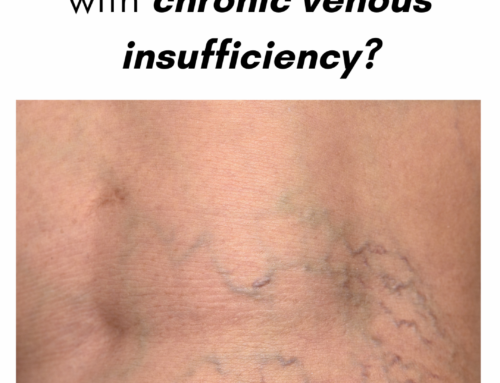Spider veins: unmasking causes, solutions, and self confidence
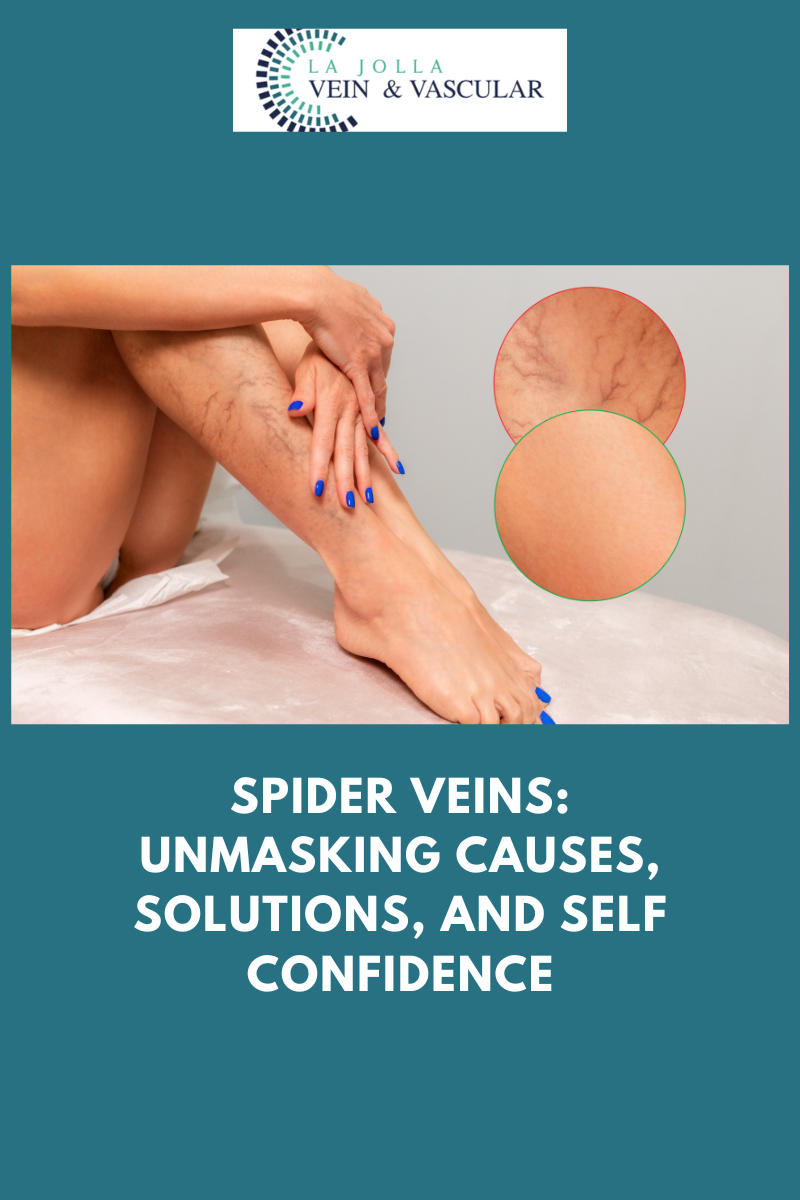
Spider veins: unmasking causes, solutions, and self confidence
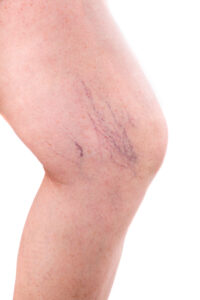
Spider veins, those delicate veins with their intricate web-like patterns on the skin’s surface, are often viewed as primarily a cosmetic concern by many. However, beneath their aesthetic appearance, these tiny veins can hold valuable clues about your overall vein health. In this article, we embark on a journey into the world of spider veins, exploring their origins, symptoms, and the most effective treatment options available. Let’s unravel the truth about these small veins and discover how to manage them effectively.
Unraveling the Mystery of Spider Veins
Scientifically known as telangiectasias, spider veins appear as fine, thread-like veins that create delicate patterns just below the skin’s surface. They come in various colors, including red, blue, and purple. While they might seem like a minor issue, spider veins can reveal more about your vein health than you might think.
The Connection to Feeder Veins and Venous Insufficiency
Although spider veins themselves are not typically considered a major health concern, they can be associated with less visible feeder veins or reticular veins. These feeder veins are often linked to larger veins and may provide clues about venous insufficiency, a condition where veins struggle to efficiently return blood to the heart. For example, if spider veins appear in specific areas like the inner ankles or inner thighs, it could indicate an underlying issue with the saphenous vein. Medical professionals may recommend ultrasound examinations to precisely locate and effectively address the source of these veins.
Recognizing Common Symptoms
Spider veins can manifest differently among individuals. While some might consider them solely a cosmetic issue without any physical discomfort, others may experience symptoms like a burning sensation, throbbing, localized pain, itchiness, and, in more severe cases, even bleeding. Paying attention to these symptoms is essential for determining the appropriate steps to manage and treat spider veins.
Unmasking the Underlying Causes
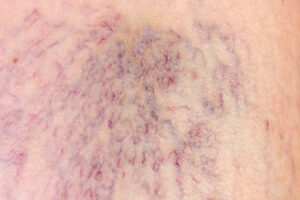
On the legs, spider veins often share a common cause with varicose veins: malfunctioning vein valves. When these valves fail to prevent blood from pooling within the veins, it results in their enlargement and elongation. On the other hand, spider veins in other areas, such as the face and chest, can be caused by factors like sun damage, hormonal fluctuations, or liver disease. Hormonal changes during pregnancy, the use of birth control, or hormone replacement therapy can weaken vein walls, making them more prone to the emergence of spider veins.
Identifying Those at Risk
Several factors can increase an individual’s vulnerability to developing spider veins. These risk factors include genetics, pregnancy, female gender, advancing age, obesity, hormonal imbalances, and extended periods of sitting or standing. Recognizing these risk factors can be valuable for both prevention and early intervention.
Effective Treatment Options
For those seeking relief, various treatment options are available. The most common method for addressing spider veins on the legs is sclerotherapy. During this procedure, a special liquid sclerosant medication is injected into the affected veins, causing them to close, scar, and gradually fade away. Typically, multiple sessions are recommended for optimal results. While lasers can also be used to target fine spider veins, sclerotherapy remains the preferred choice due to its effectiveness.
While spider veins may appear as a minor concern, they can offer insights into your vein health. Whether you’re concerned about their appearance or you’re experiencing discomfort, it’s crucial to understand their potential underlying causes and seek appropriate treatment. By addressing spider veins with early intervention and effective treatments like sclerotherapy, you can not only enhance their appearance but also promote better overall vein health. Remember, caring for your veins is an investment in your well-being, one that pays off in both comfort and confidence.
“Bringing Experts Together for Unparalleled Vein and Vascular Care”
La Jolla Vein & Vascular (formerly La Jolla Vein Care) is committed to bringing experts together for unparalleled vein and vascular care.
Nisha Bunke, MD, Sarah Lucas, MD, and Amanda Steinberger, MD are specialists who combine their experience and expertise to offer world-class vascular care.
Our accredited center is also a nationally known teaching site and center of excellence.
For more information on treatments and to book a consultation, please give our office a call at 858-550-0330.
For a deeper dive into vein and vascular care, please check out our Youtube Channel at this link, and our website https://ljvascular.com
For more information on varicose veins and eliminating underlying venous insufficiency,
Please follow our social media Instagram Profile and Tik Tok Profile for more fun videos and educational information.
For more blogs and educational content, please check out our clinic’s blog posts!

